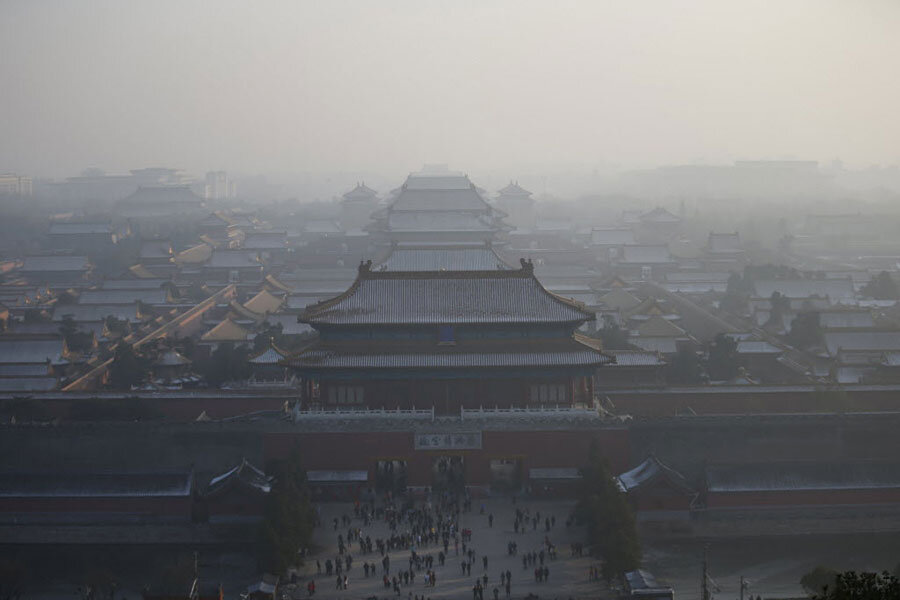Could US pollution regulations help smog-enshrouded China?
Loading...
The Paris climate talks may be proving an opportunity for officials to swap environmental tips.
Gina McCarthy, administrator of the Environmental Protection Agency (EPA), has been suggesting to Chinese officials that US air pollution regulations, specifically President Obama's Clean Power Plan, could prove a useful model.
Meanwhile back in the United States, the new rules are under attack from Republican critics.
Ms. McCarthy is in Paris to promote the policy as something other countries can draw from in creating their own climate plans.
China, as the world’s biggest carbon emitter, is an obvious target for McCarthy’s efforts.
"Our Clean Power Plan will not only reduce carbon pollution but significantly reduce the pollutants that cause smog and soot, which is one of their major concerns," McCarthy told Reuters in an interview at the Paris climate summit.
Major cities across China have been struggling with smog-filled air. On Monday, government officials issued their first ever "red alert" for air quality in China’s capital, Beijing. The alert will remain place until noon on Thursday.
Schools are closed, automobile traffic is limited and other measures are in place to keep people indoors, away from the toxic smog.
At 4 p.m. Tuesday afternoon, the municipal air quality index read 308, a level considered hazardous in the United States. The New York Times' Edward Wong compared a stroll through the city at the time to walking through a coal mine.
The city’s energy largely comes from coal-burning power plants, a top source of carbon dioxide emissions. Curbing the use of coal could help reduce the city’s toxic smog and greenhouse gas emissions.
The US’s Clean Power Plan was announced in August to limited carbon pollution from power plants. Under the plan, the EPA determines emissions goals for individual states but the states can determine how to meet those goals.
States are required to submit plans by 2018 and start cutting emissions by 2022 or face a plan imposed by the EPA.
If all goes according to plan, the US will cut carbon emissions by 32 percent from 2005 levels by 2030.
In addition to promoting the Clean Power Plan and the 1970s federal Clean Air Act as a model, McCarthy is also working with China to develop a national cap-and-trade system.
Chinese officials announced in September that the nation would work to set up a cap-and-trade system to limit global warming-causing greenhouse gas emissions.
"What folks may not realize is that the EPA has had a strong relationship with China for a very long time," McCarthy said. The EPA has also worked with officials in Beijing to install air monitoring systems.
This report contains material from Reuters.






